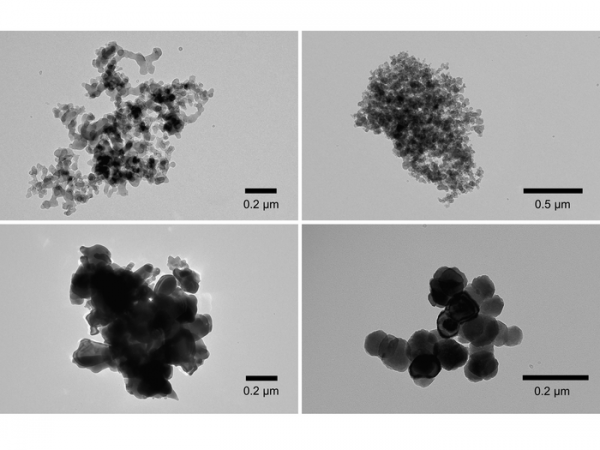Our industrialized society releases many and various pollutants into the world. Combustion in particular produces aerosol mass including black carbon. Although this only accounts for a few percent of aerosol particles, black carbon is especially problematic due to its ability to absorb heat and impede the heat reflection capabilities of surfaces such as snow. So, it’s essential to know how black carbon interacts with sunlight. Researchers have quantified the refractive index of black carbon to the most accurate degree yet which might impact climate models.
There are many factors driving climate change; some are very familiar, such as carbon dioxide emissions from burning fossil fuels, sulfur dioxide from cement manufacture or methane emissions from animal agriculture. Black carbon aerosol particles, also from combustion, are less covered in the news but are particularly important. Essentially soot, black carbon is very good at absorbing heat from sunlight and storing it, adding to atmospheric heat. At the same time, given dark colors are less effective at reflecting light and therefore heat, as black carbon covers lighter surfaces including snow, it reduces the potential of those surfaces to reflect heat back into space.
Read more at: University of Tokyo
Transmission electron microscope images of laboratory powder samples. Clockwise from top left, fullerene soot, black carbon aggregate from vehicle exhaust, Hematite-TD and Hematite-KJ. (Photo Credit: ©2023 Moteki et al. CC-BY)


